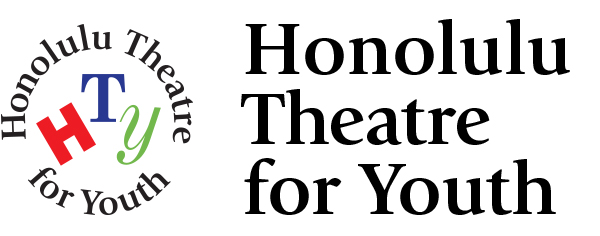Adapted from Nā P aniolo o Hawai’i
Cowboys in Hawai‘i are known as paniolo. This is a term that evolved from the word español (meaning Spanish), that was used in the early years to refer to the Spanish-Mexican vaqueros brought to Hawai‘i in the 1830’s to teach Hawaiians how to handle and manage descendants of the first introduced cattle. Today, paniolo is a term used for the Hawaiian or Hawai‘i born cowboy working on island ranches. It is also a general term which can be used for the rural, ranch related lifestyle in Hawai‘i.
Over the years ranching has become an important part of the Hawaiian economy. Today, active ranches can still be found on the islands of Hawai‘i, Maui, Moloka‘i, O‘ahu, and Kaua‘i. The cattle industry appears strongest on the island of Hawai‘i, where ranches such as Parker, Hu‘ehu‘e, Pu‘uwa‘awa‘a, Kahuā, Kealakekua, Hualālai, McCandless, Kahuku, Kapépala, and Keauhou continue to work large herds of cattle. Maui also has very active ranches: such as Haleakala, ‘Ulupalakua, Kaupō, and Hana. Moloka‘i has both Pu‘u O hoku and Kualapu’u ranches. O‘ahu has a few smaller ranches and the largest feed lot in the state, Hawai‘i Milling and Feedyard, located in ‘Ewa. Kaua‘i still counts Makaweli, Kīpūkai, Kīpū, and to a lesser extent, Princeville ranches as active. There are numerous small ranches on all of the islands, many of them run as family operations.
Men and women of Hawaii’s diverse ethnic groups have been attracted to the ranching lifestyle. Though during the early years most paniolo were Hawaiian, today the names and faces of Portuguese, Puerto Ricans, Spanish, Mexicans, Japanese, Chinese, Filipinos, and Caucasians can be found in and around the ranches. The language of working cattle and the art of saddle-making remain Hawaiian, with regional differences in nomenclature and pronunciation probably due to geographic isolation and linguistic variations.
A common thread that binds the ranching community together is a deep love for the ‘āina (the land) and a willingness to enjoy nature in all of her unpredictable moods, including her fiery volcanic rage and her breezy gentility. Patience and strength, forged from long years of simplicity and hard work, seem to be the backbone of the paniolo and his family. Like their counterparts in the American West, paniolo are expert riders, ropers and cattlemen. In addition, they are often great fishermen, skilled in the throwing of a net and very knowledgeable in the behavior of ocean currents and various types of fish!
Another important, yet perhaps unexpected, characteristic of paniolo in Hawai‘i is their sensitivity to beauty, both at work and at home. The beauty is balanced by a certain degree of harshness, which comes with the realities of raising and slaughtering animals, the physical endurance required from man and horse, and the ever-present danger of the work. Beauty is to be found in their environment and in the forms, textures, embellishments, and sounds of paniolo equipment. The combining of subtle fragrances in a flower lei, the appreciation of a well-made saddle or hat, the delight in seasonal colors of high volcanic slopes, and the enjoyment of the sweet sound of kēpā pele (bell spurs) jingling through the silence of an early morning are all part of a complex and wonderful array of sensitivities embraced by paniolo.
Hawaii’s ranching industry is now undergoing rapid change. Large landholders are under pressure to realize greater economic returns with fewer expenditures. Many ranches are, in turn, adapting to the demanding times with new strategies: improved grazing techniques, diversified livestock, trail riding, windmill farms, small-scale real estate development, and flower farming. In spite of inevitable modernization, much of the ranching community continues to cherish long-held traditions and looks forward to a promising future.
Click Here to download this activity.


